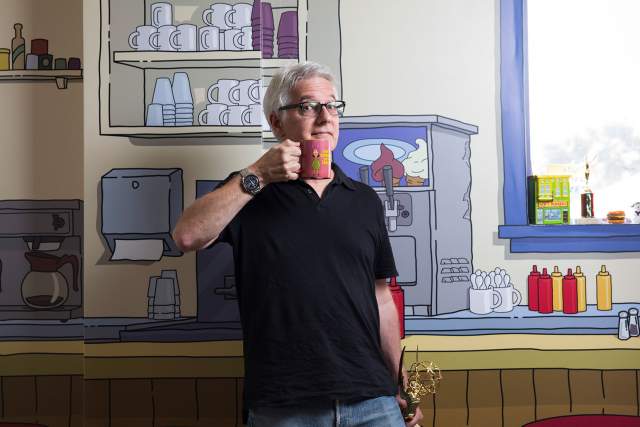For years, clever business observers have been predicting the death of the consulting industry.
Gone are the days, they argue, when companies need an outsider from BCG or Bain to parachute in with a slide deck that offers recommendations on how to create synergies to turn a company around. Today’s firms are hiring their own talented managers, with a solid grasp of business strategy, HR, and market segmentation. “People assume if you can hire someone who has those qualities, why pay a premium to bring in McKinsey?” says Stephen Pidgeon T’07, Tuck’s executive director of Career Services. “I think consultants have stayed ahead of that.”
Pidgeon literally wrote the book on How to Get a Job in Consulting (published in 2013) and has long advised Tuck students on how to find jobs in the industry. Reports of consulting’s death, he says, have been greatly exaggerated. “I take it with a massive pinch of salt whenever anyone tells me consultants are a dying breed. People who say that probably have an outdated view of what consulting is—a generally clever chap who will come in and write a report for you,” says Pidgeon, a former McKinsey consultant.
When you bring in a consulting company, you are getting more than a team of two or three smart MBAs. You are getting a deep global network of experts who have seen these situations many times before and have access to resources and competencies you probably couldn’t have in-house.
Stephen Pidgeon T’07
Today’s consultants, by contrast, come from globally connected firms that specialize in dealing with major disruptions from Brexit to the Affordable Care Act, as well as the many ways the digital revolution is disrupting different industries. “When you bring in a consulting company, you are getting more than a team of two or three smart MBAs,” he says. “You are getting a deep global network of experts who have seen these situations many times before and have access to resources and competencies you probably couldn’t have in-house.”
Each year, about a third of Tuck’s graduating class goes into consulting, with some 20 percent joining the big three of McKinsey, Bain, or Boston Consulting Group. “Tuck’s focus on the general management curriculum gives students a broad skillset you don’t get at other schools where you are choosing a major,” he says. “That, combined with our very hands-on approach to learning and practicing analytical tools and presentation skills, gives you what you need to hit the ground running.” This past year, Tuck revamped its decision science and statistics program to add a new data analytics course with advanced software tools in direct response to feedback from alumni in the industry.
More than anything, Pidgeon says, it’s the emphasis on teamwork and problem-solving that gives Tuckies a leg-up in the field. “What makes somebody a good consultant is what makes someone a good Tuck student,” he says. “It’s people who are super-smart, get excited about solving tough problems, and have very good people skills layered in. Oftentimes you are working in teams in stressful situations, where the success of the project lies in those relationships.” To gain more insight into how Tuck alumni are handling the changing face of consulting, we talked to 11 Tuckies currently working in the business in both large and small outfits, focusing on a range of industries. They paint a picture of an increasingly complex industry, whose value in an increasingly competitive business environment might be greater than ever.
meet the
Consultants
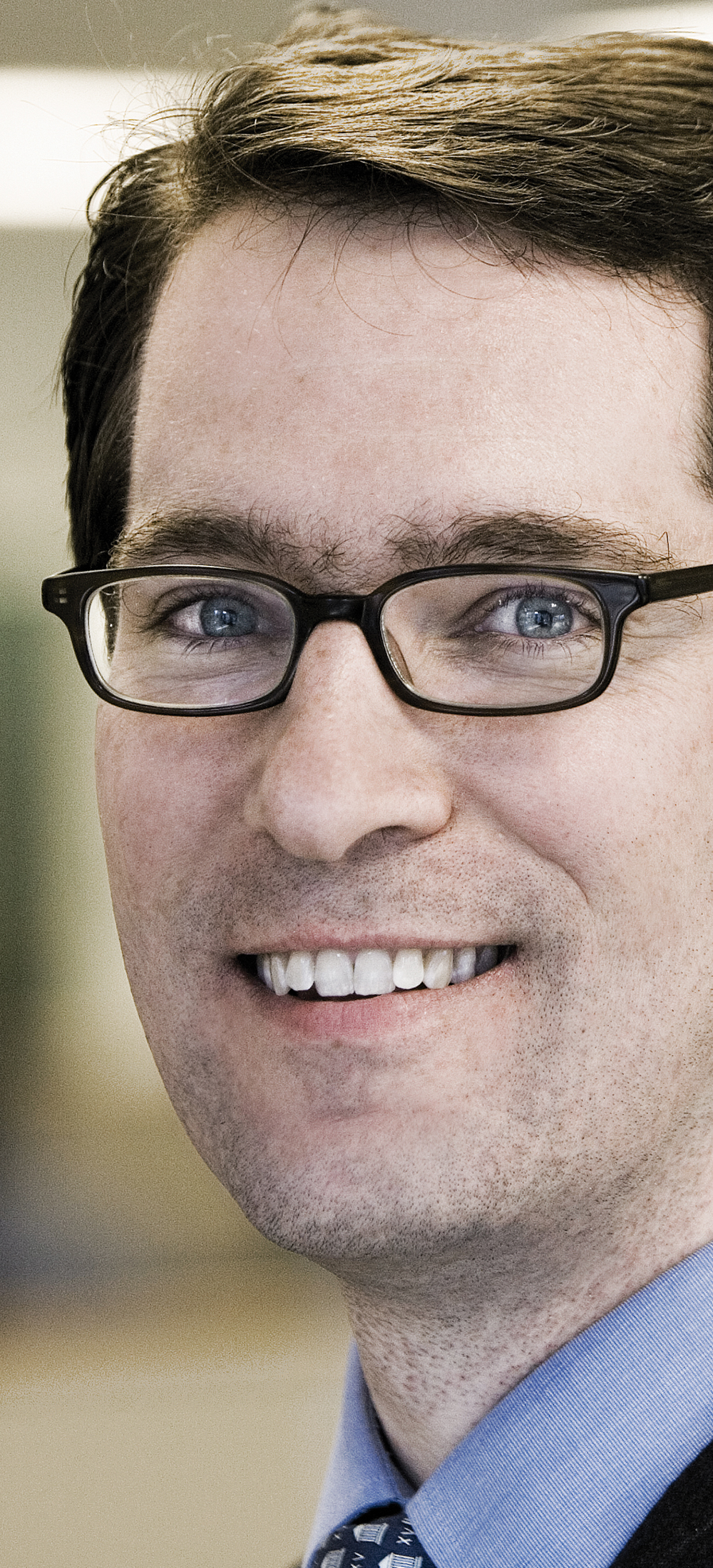
Jay Bartlett T'96
JAY BARTLETT T’96, EY-Parthenon (Managing Director; co-head, Private Equity): Coming out of Tuck, I joined Bain for three years. I joined Parthenon in 2002, and found myself working in private equity, and very quickly realized I’d found a home.
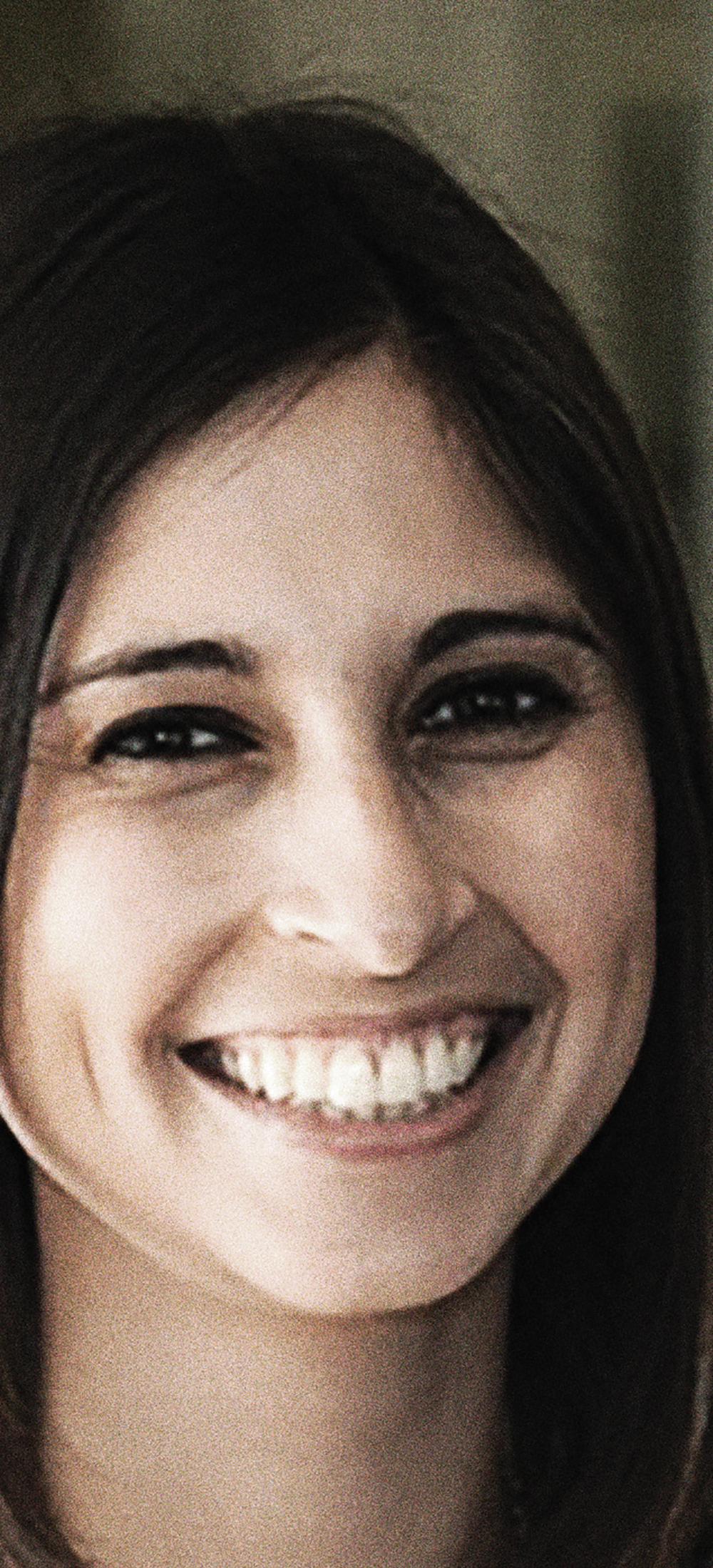
MEREDITH LAPOINTE D’06, TH’07, T’12
MEREDITH LAPOINTE D’06, TH’07, T’12, McKinsey & Company (Partner, Healthcare Systems & Services Practice): I originally joined McKinsey & Company after graduation from Dartmouth. I then took two years to come back to Hanover to earn my MBA from Tuck and have been back at McKinsey & Company ever since.
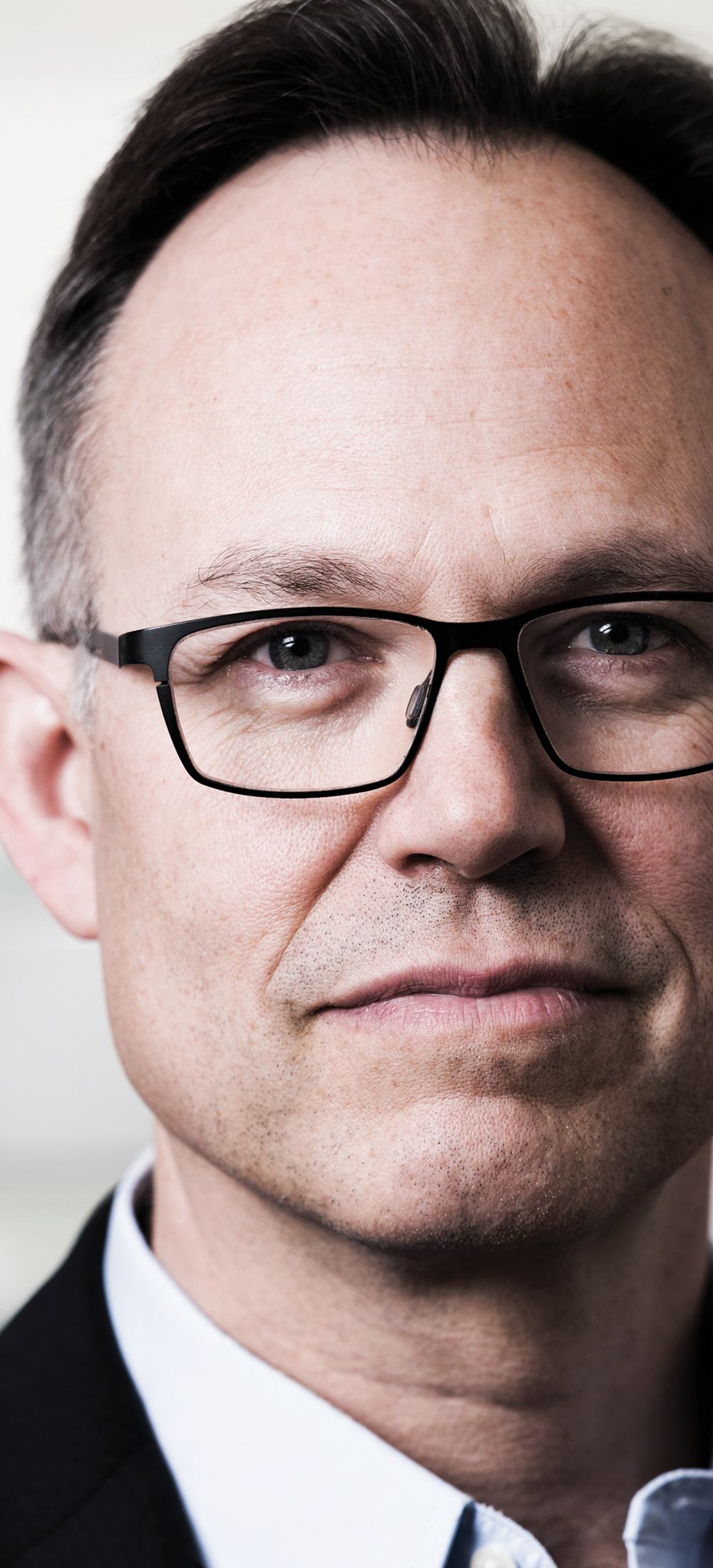
ALEXANDER DICHTER T’99
ALEXANDER DICHTER T’99, McKinsey & Company (Senior Partner; leader, Global Airline and Travel Practice): I went from Tuck directly to McKinsey and have been here ever since. I’d been in the airline industry before coming to Tuck, and so I arrived with a very clear sense of what I wanted to do, and have helped build our airline practice from an early tenure.
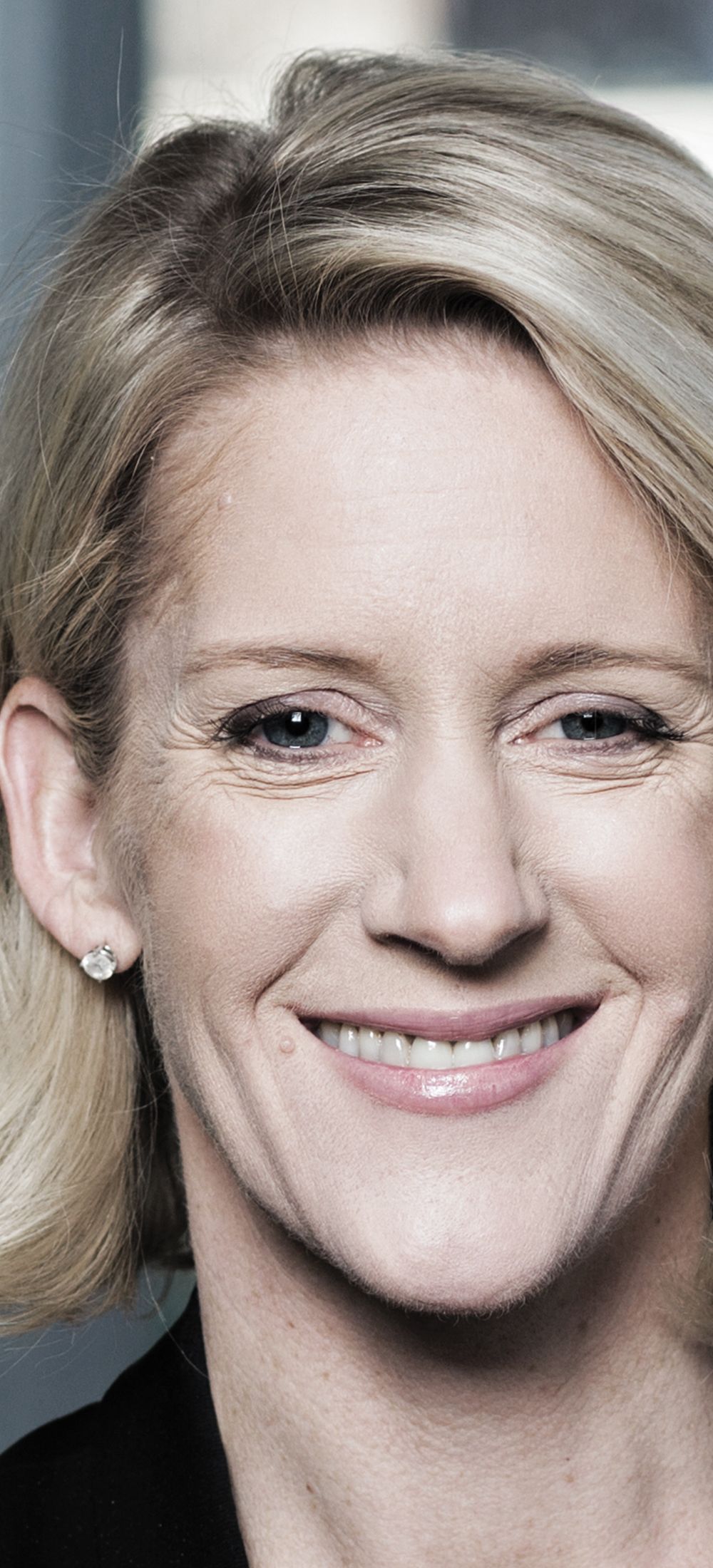
DARCI DARNELL T’00
DARCI DARNELL T’00, Bain & Company (Partner; Lead, Global Customer Strategy & Marketing): I joined Bain right out of Tuck, and have been in four different offices: London, SF, NYC, and Chicago, where I live now. I started out as a generalist, but I have since developed expertise in customer loyalty and organic growth, as well as financial services.
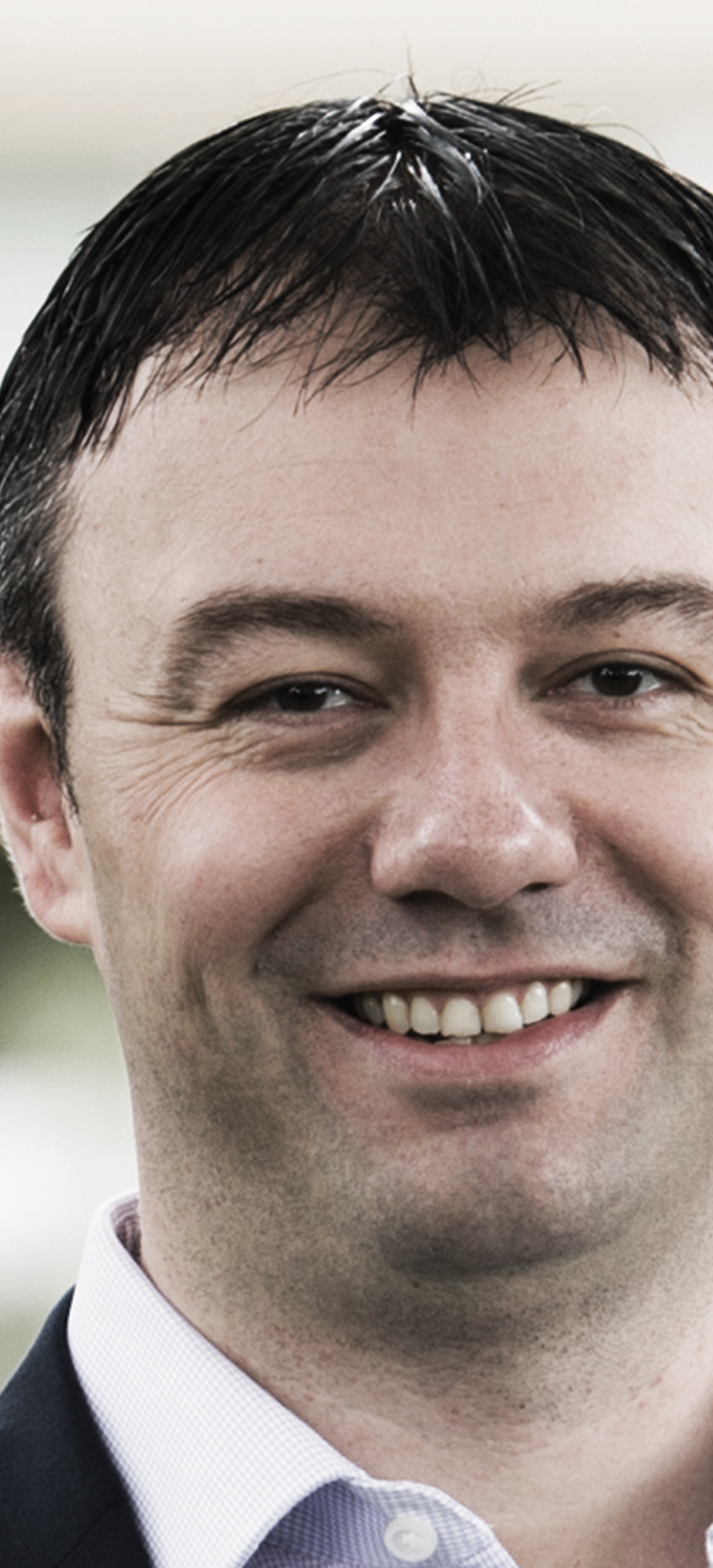
ROB HASLEHURST T’06
ROB HASLEHURST T’06, L.E.K Consulting (Managing Director and Partner): I joined L.E.K. out of undergrad, and have been with them close to 19 years. I’m now head of our Boston office, where I focus on consumer-led growth strategy, working with retail and consumer products clients, as well as in media, tech, and sports.
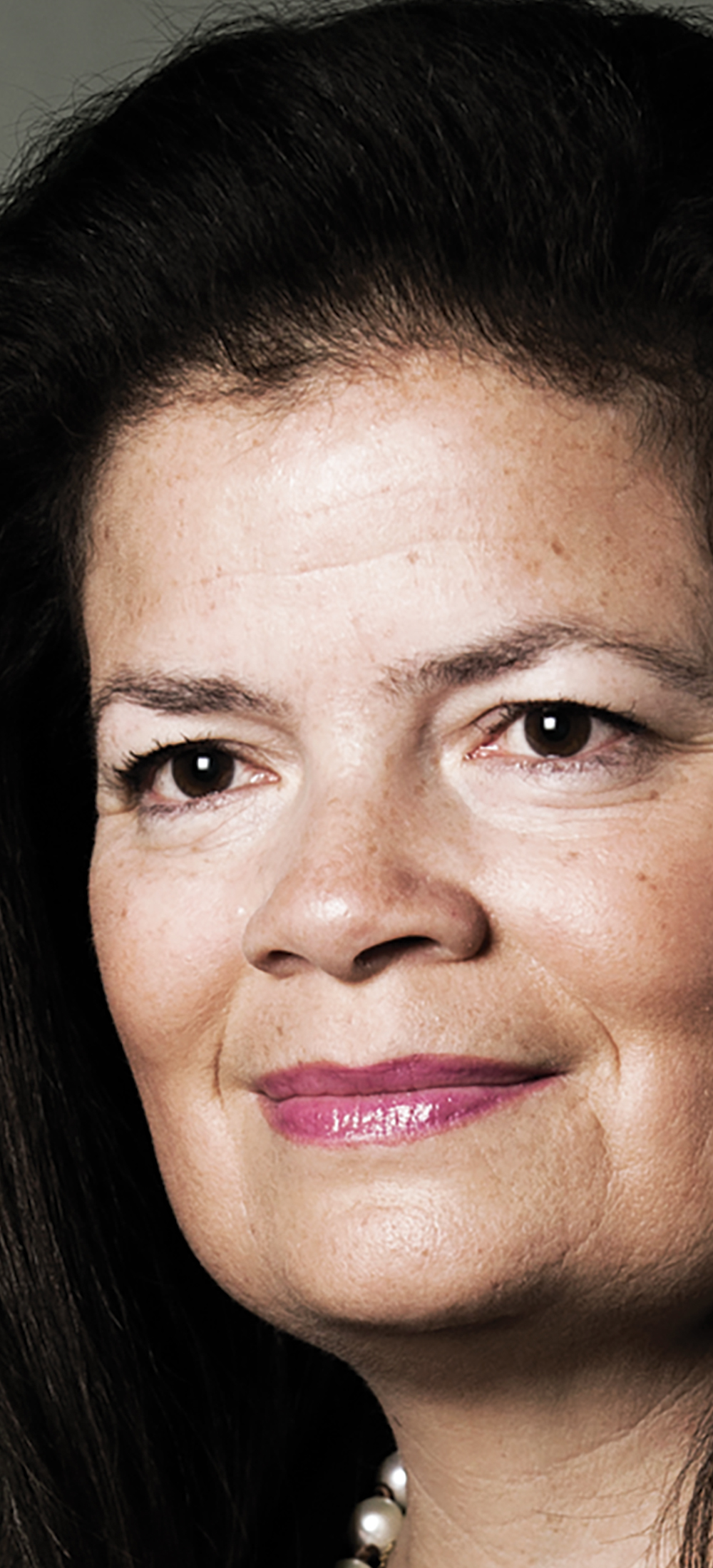
VICKY LEVY T’98
VICKY LEVY T’98, Deloitte (Lead Partner, Life Sciences and Health care): Out of Tuck I joined the Monitor Company. From the beginning, I’ve been involved in life sciences and pharma, looking at marketing sales, pricing, customer transformation, and customer experience in the health care ecosystem.
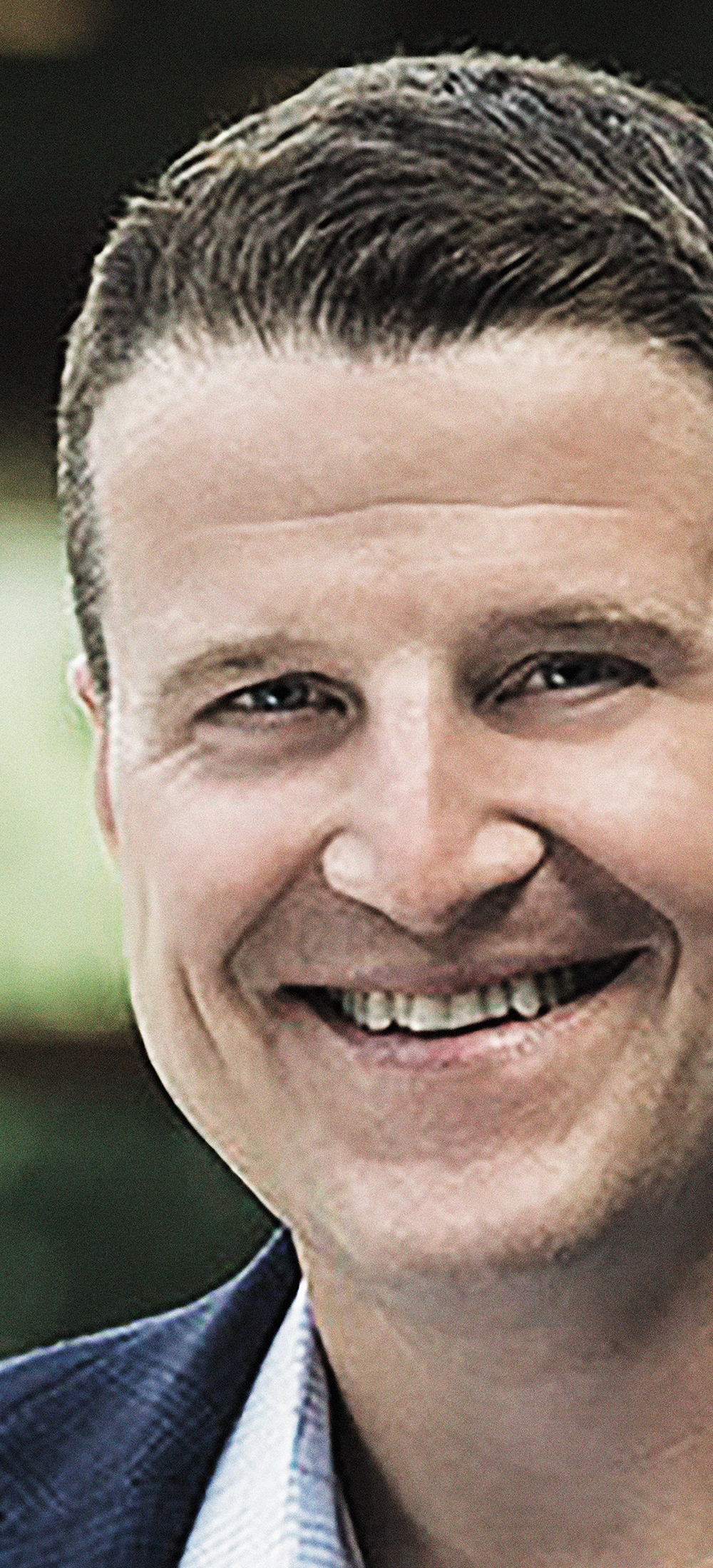
ANDREW WALDECK T’04
ANDREW WALDECK T’04, Innosight (Senior Partner and the health care practice leader): I spent a year working for a local VC firm, and then I made the jump over to Innosight. We are a strategy-focused firm that focuses solely on helping large organizations navigate disruptive change.
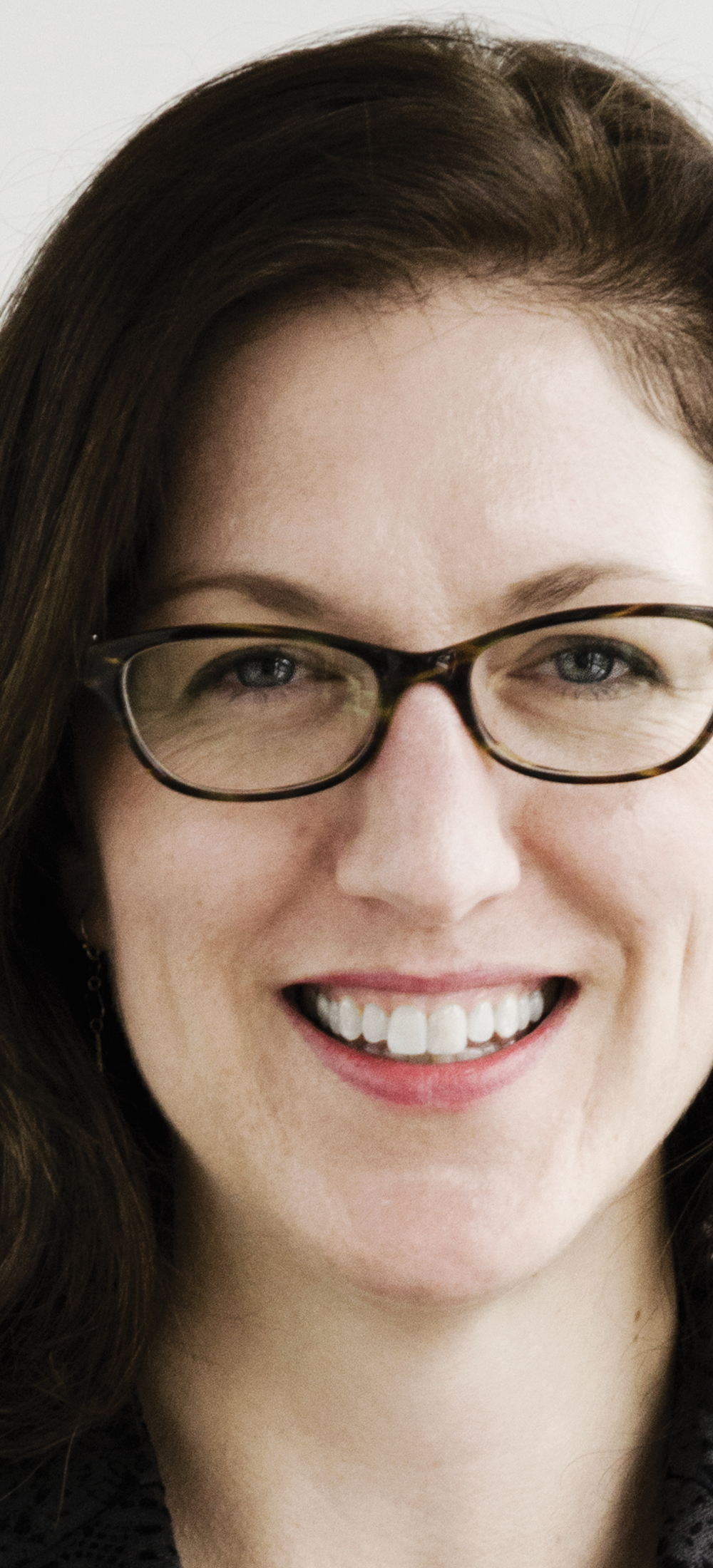
LESLIE READ T’02
LESLIE READ T’02, Monitor Deloitte (Principal, Customer Strategy; Leader, Health Plans Customer Transformation Practice): I summered at the Monitor Group when I was at Tuck and returned after graduation. I joined the costumer and marketing practice, where I dug right into the life sciences, and later transitioned to health care.
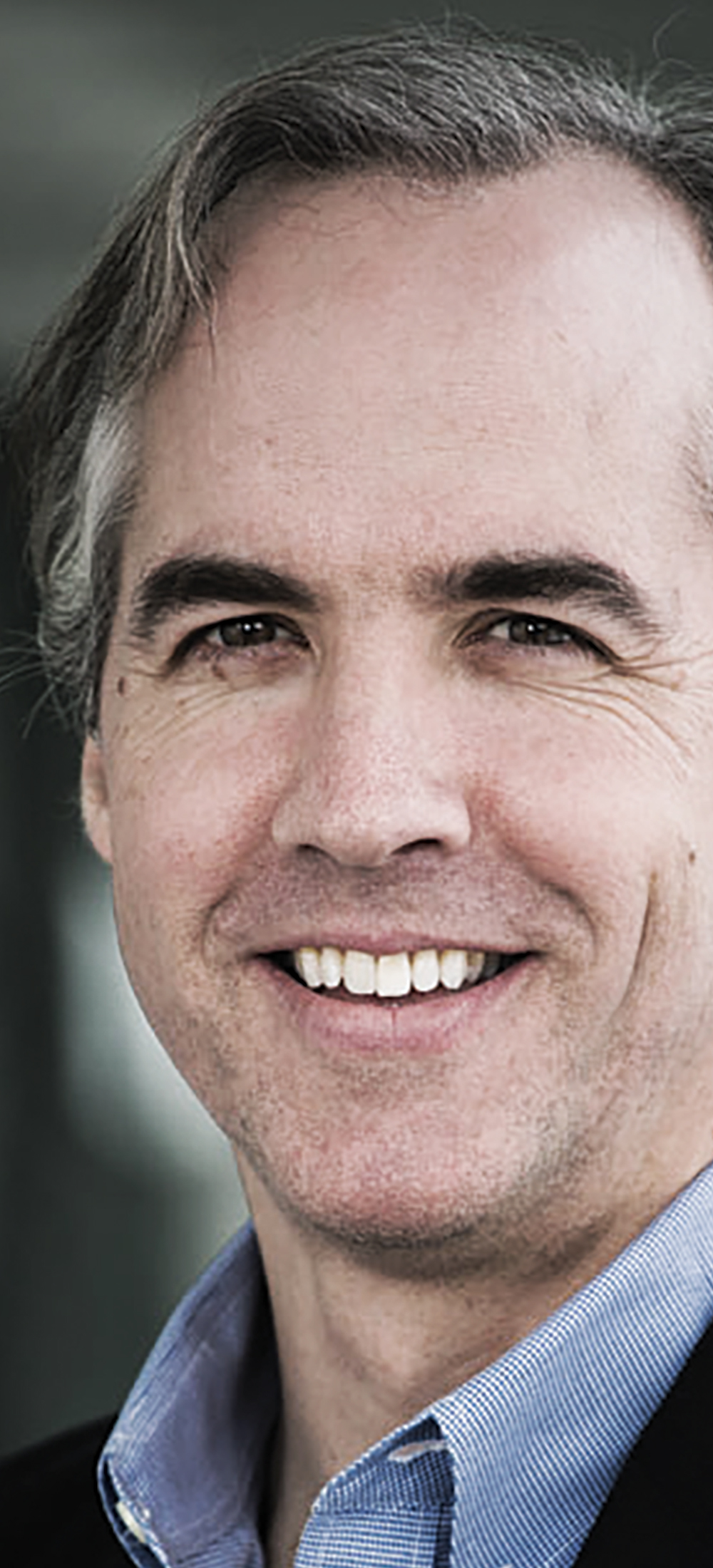
PATRICK REDMOND T’07
PATRICK REDMOND T’07, Altman Vilandrie & Company (Principal): I graduated from Tuck looking for an entrepreneurial, tech-oriented, Boston-based environment, and found it in Altman Vilandrie. We focus on strategy for telecom, tech, and media companies, including the major players in the telecom environment.
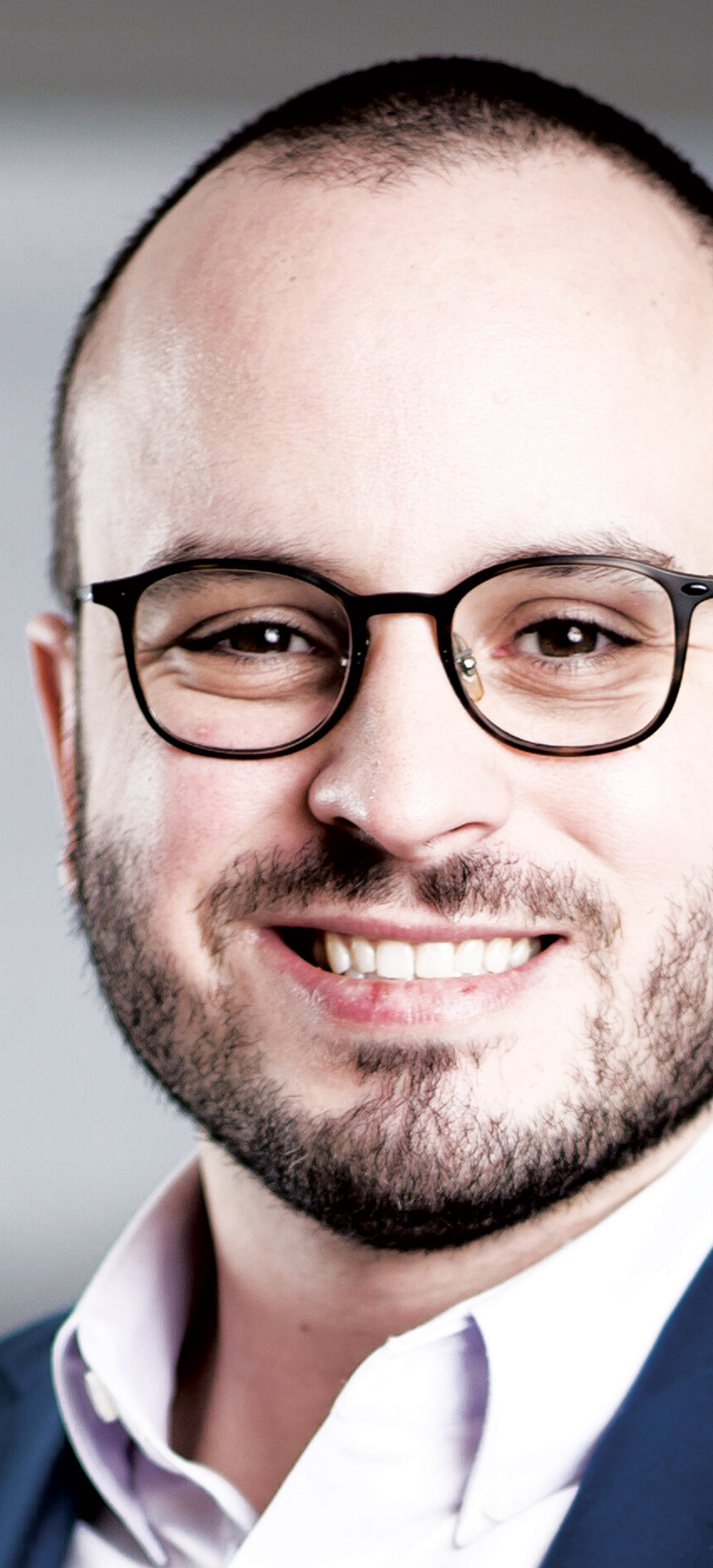
JUSTIN RODRIGUEZ T’13
JUSTIN RODRIGUEZ T’13, Boston Consulting Group (Principal): Before Tuck I was an engineer working in the construction industry. At Tuck, I interned at BCG and stuck around. When I started it was very much about lean manufacturing and traditional operations. Now my work has shifted toward digital productization, AI, big data analysis, and management.
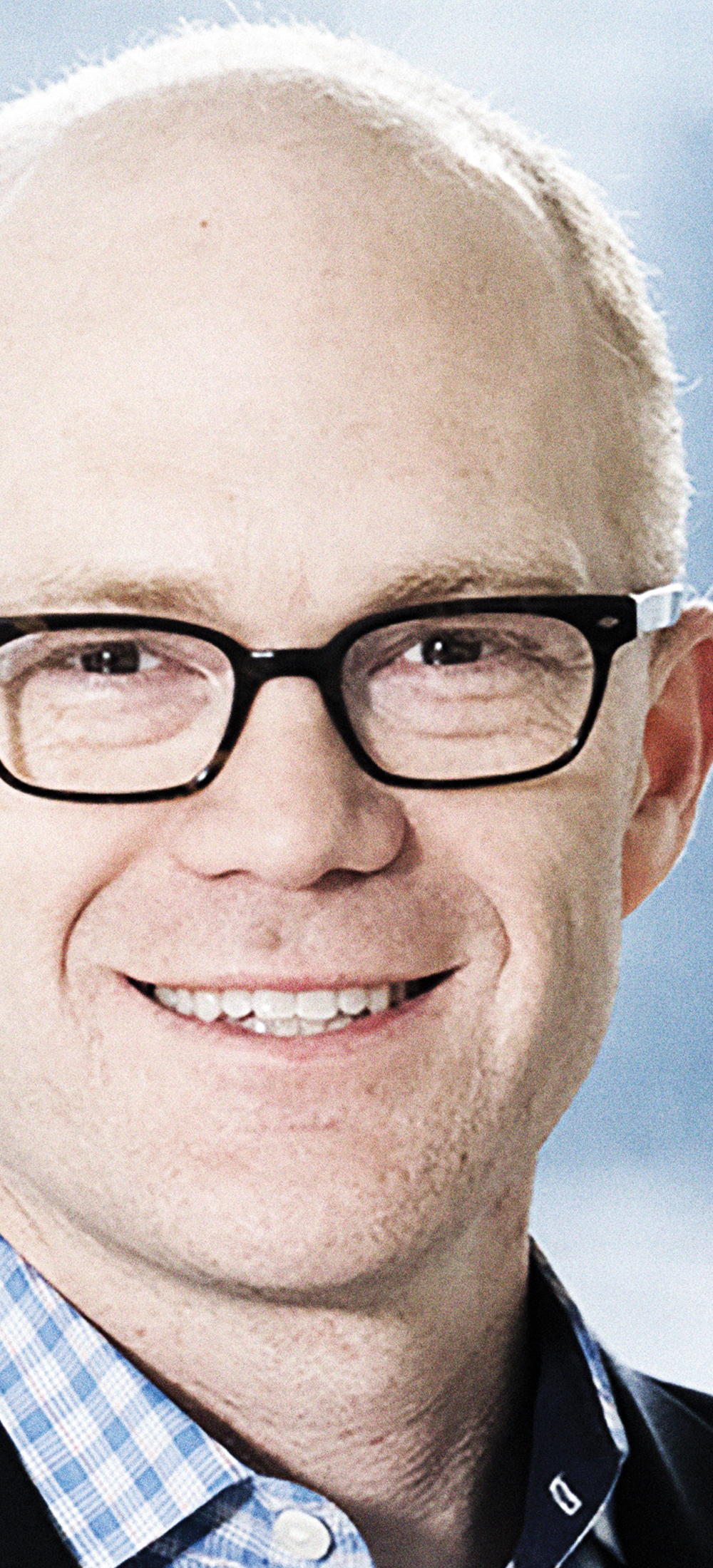
BRIAN MYERHOLTZ T’03
BRIAN MYERHOLTZ T’03, Boston Consulting Group (Partner and Managing Director, Chicago; Industrial Goods, Corporate Finance and Strategy, and Operations): I summered at BCG while at Tuck and returned full time after graduation. At BCG, I focus on industrial goods clients and engineered products—things not sold directly to consumers like pumps and bulldozers.
Generalists Yesterday
Specialists Today
Bring your A game.
1
OVER THE LAST 12 YEARS I HAVE SEEN A SHIFT FROM LARGE MANAGEMENT CONSULTING FIRMS focusing on strategy and engaging at a broader level within organizations to bringing both the high-level strategic thinking as well as the vertical depth and operational capabilities to achieve even more impact. To be on the leading edge of that, you need to have experts who really understand the nuances of an industry. For example, in our health care practice, we have always had physician consultants, but our workforce has expanded to include former hospital administrators, telehealth experts, data scientists with EMR specialization, pharmacists—people who have really lived and breathed the industry.
—MEREDITH LAPOINTE D’06, TH’07, T’12
2
BACK IN THE 1980S AND 90S, THE CONSULTING INDUSTRY ADDED VALUE BY HIRING THE SMARTEST PEOPLE who went to the best schools, and worked them twice as hard as anyone else. As consulting firms put more and more alums into industry, however, more and more people had the same toolkit and the industry needed to change to continue to be valuable to their clients. Now, we have to be much more specialized to be valuable to our clients. What teams once did in a six- to nine-month project 30 years ago is now what we do to prepare a pitch.
—JAY BARTLETT T’96
3
OUR CLIENTS LONG AGO FIGURED OUT THE IMPORTANCE OF TALENT. That means you really have to bring expertise. Increasingly, our clients are asking for more tailored experience from our teams. I’m looking for people who have worked at an airline for four to five years and then decided to go to business school. Those people are gold. Even better if they’ve worked in a couple of airlines, because then they’ve really started to integrate their knowledge.
—ALEXANDER DICHTER T’99
4
CLIENT EXPECTATIONS HAVE CHANGED AS ACCESS TO DATA HAS CHANGED. You are not going to come in and say, “I’ve seen this playbook 50 times, and I’m just going to change the names.” You’ve got to understand the role of technology disruption and talent implications and how they’ve evolved in any given sub-sector.
—ROB HASLEHURST T’06
5
AS CLIENTS’ SOPHISTICATION HAS INCREASED, THE VALUE OF REPORTS AND STUDIES HAS GONE DOWN. But most industries are in disruption, and the need to navigate that disruption on a global level in a way that works for a company and protects assets and creates advantages is still there. That is where consultants, who are able to meaningfully address the disruption, are still highly valued partners.
—VICKY LEVY T’98
6
WITHIN MANUFACTURING OPERATIONS AND SUPPLY CHAIN, WHERE I SPECIALIZE, YOU CAN’T JUST WALK INTO A COMPANY ANYMORE simply knowing how to use Excel and doing the traditional modeling and providing smart answers. You have to have an understanding in data science, and the ability to ask those technical second- or third-level questions alongside a team of digital solution architects. And you need to combine that with deep knowledge of industry, manufacturing physics, and supply chain concepts. On top of that there is a need to be a visionary leader for clients who continue to be reluctant about digital, and the disruption potential that is inherent in it. All of this needs to come together to create a very compelling narrative and level of leadership to take customers on that journey.
—JUSTIN RODRIGUEZ T’13
As clients' sophistication has increased, the value of the reports and studies has gone down. But most industries are in disruption, and the need to navigate that disruption on a global level in a way that works for a company and protects assets and creates advantages is still there. That is where consultants, who are able to meaningfully address the disruption, are still highly valued partners.
—VICKY LEVY T’98
Clients Want
Fresh Perspectives
Look outside the industry.
1
WE AS AN INDUSTRY CAN HELP BY PROVIDING OUTSIDE PERSPECTIVES. The need for that isn’t going away. Most executives are spending a lot of their time running the business and don’t often have the time to understand what’s around the corner, or how other companies are approaching things. We work with a lot of investors and operators, and can help each side understand the other.
—PATRICK REDMOND T’07
2
CLIENTS ARE LOOKING FOR AN EXTERNAL PERSPECTIVE: New ideas informed by fresh thinking from those who haven’t been raised in the corporate culture of a specific company. Often, the best breakthroughs come from merging ideas and approaches across industries.
—BRIAN MYERHOLTZ T’03
3
WE STRONGLY BELIEVE THAT THE ABILITY TO HAVE OUT-OF-INDUSTRY, PLUS IN-INDUSTRY, EXAMPLES IS INCREDIBLY HELPFUL. That provides a fuller perspective, and I think a degree of comfort to know that, while my challenge feels unique, these are problems that others have confronted previously, and I can learn from that.
—ANDREW WALDECK T’04
4
THE AIRLINE INDUSTRY—AND I THINK THIS IS TRUE OF A LOT OF INDUSTRIES—IS VERY INWARD-LOOKING, which means the industry tends to look at other companies within the industry for best practices. But let’s be clear, it’s an industry that has not made a lot of money over the years, and it’s an industry that doesn’t exactly delight its customer on average. Our view is that you probably need to look outside for best practices. Think about what Amazon would do if it were running your website. How would Toyota run your maintenance facilities?
—ALEXANDER DICHTER T’99
A Solution,
and Execution
Develop the strategy—and help implement it.
1
THERE’S BEEN AN EVOLUTION OF CLIENT EXPECTATIONS. Clients want more integrated solutions, not only coming up with the idea and setting the direction but also providing support and guidance on how to execute and achieve the value that is promised. The teams we bring to clients today provide not just creative ideas and fresh thinking but also real-world experience from people who have done it before.
—BRIAN MYERHOLTZ T’03
2
MORE AND MORE OF THE CONSULTING BUSINESS HAS BECOME OPERATIONS MORE THAN STRATEGY. Teams can be on the ground for months, if not years, to do big turnarounds and transformations. Currently, we are hearing a lot of questions about the impact of e-commerce, or blockchain, or AI, and how do you get out in front of technological and consumer changes.
—JAY BARTLETT T’96
3
AS WE ARE BUILDING THE DATA AND INSIGHT TO RESPOND TO CUSTOMERS as they change and grow, it’s less a “fix it and forget it” attitude—it’s helping to build a more functional platform and capability that helps them develop resilience in the face of disruption and competition.
— DARCI DARNELL T’00
4
THE TRADITIONAL CONSULTING TOWERS OF STRATEGY, OPERATIONS, HR, AND TECHNOLOGY ARE ALL INTEGRATED now as a result of technology being ubiquitous and data and scaled analytics being so much cheaper. Consulting firms need to get over their own silos and change to deliver integrated services. The notion that you generate a hypothesis, test it, validate it, and put it into the market—a waterfall way of working—is not the way you can afford to operate anymore. You need to be more agile, moving quickly into testing and learning, getting to a minimum viable product, and then quickly refining it and testing it in an iterative way to demonstrate and generate value all along the way.
—VICKY LEVY T’98
As we are building the data and insight to respond to customers as they change and grow, it’s less a “fix it and forget it” attitude—it’s helping to build a more functional platform and capability that helps them develop resilience in the face of disruption and competition.
DARCI DARNELL T’00
The Rise of Big Data
and Technology
Crunch big data.
1
FROM MY SEAT, THE MOST MAJOR CHANGE IN THE LAST FIVE YEARS IS THE RAPID EMERGENCE OF THE IMPORTANCE OF DIGITAL. We started seeing people pioneering big data, AI, machine-learning, etc. a few years ago, and now the early pioneers have moved from spot applications to implementing things like artificial intelligence at scale, and transforming their operations and customer value propositions in their go-to-market strategies. It’s very much changing the way BCG partners with its clients. Increasingly we have to build these capabilities around IT, digital products, and big data to serve the marketplace.
—JUSTIN RODRIGUEZ T’13
2
WE USED TO TALK TO OUR CLIENTS ABOUT DIGITAL TRANSFORMATIONS; NOW DIGITAL IS UP-FRONT IN EVERYTHING WE DO. If we’re talking about organic growth, it’s in the context of technology; if we’re talking about cost transformations, it’s with technology. Human intellect and human problem-solving is still at the core of what we do, but the way we mechanize that has drastically changed.
—DARCI DARNELL T’00
3
THERE IS AN INCREASING USE OF DATA AND ANALYTICAL TOOLS. It used to be that you could add an enormous amount in operations just by teaching people the basics, but now every business has that lexicon. We’re now in an era where the next generation of performance improvement is coming from much more advanced techniques. How do I build a machine-learning algorithm that takes all of the data from my operations and teaches me how to see things I would not see otherwise?
—ALEXANDER DICHTER T’99
4
COMPANIES ARE GETTING A LOT MORE SOPHISTICATED IN WHAT THEY CAN DO TO MANAGE DATA SETS AND VISUALIZE INFORMATION. I see things that I did for my clients 12 years ago that they can now do for themselves. The profession is going to have to keep pushing the state of the art with regard to our ability to crunch big data and use sophisticated analytical tools to find patterns and develop insights. If you are a cable company, you are collecting billions of data points on set top box behavior. If you are a media company with a direct-to-consumer product, you could be collecting an enormous amount of information on how people use your products, how long they watch a video clip, etc. The challenge becomes architecting your data infrastructure so you can store all that information; deciding what questions you want to ask of that data set, and then doing it.
—PATRICK REDMOND T’07
5
TAKE A WIDGET COMPANY THAT’S BEEN AROUND FOR 60 OR 70 YEARS. They’ve been pretty stable in the marketplace using traditional supply chain and manufacturing management techniques and processes. But now their marketplaces are disrupted by China and harsh competition from around the globe, and they don’t have the people internally to collect millions of data points from their machines to really achieve next-level of efficiency in their supply chain and their operations, or the people to build digital products that are bespoke to them to allow them to run their supply chain more leanly. So all of a sudden they’re very far behind. Much of the work we’re doing today is bringing those capabilities in those very specific instances to those customers.
—JUSTIN RODRIGUEZ T’13
All About
the Customer
Consider the brands customers interact with.
1
AS YOU ARE TRYING TO UNDERSTAND CUSTOMERS, YOU HAVE TO UNDERSTAND HOW THEY’RE INTERACTING WITH COMPANIES IN THE ENTIRE ECOSYSTEM AROUND YOU. It used to be good enough when you were talking with an insurance company to say, “Here’s what best in class looks like in insurance,” but that has rapidly evolved to, “I need to understand how consumers are interacting across the industry.” If you want to know what a good digital shopping cart looks like, for example, should you look at another insurance company, or should you see how Apple is doing it?
—DARCI DARNELL T’00
2
HEALTH CARE’S BIGGEST CHALLENGE IS THAT PEOPLE BRING THE EXPECTATION OF AN EXPERIENCE WITH AMAZON INTO A HEALTH CARE ENVIRONMENT. So Dartmouth-Hitchcock has to have an Amazon-like experience in the mind of a consumer. And that same perspective ripples through whether I am a physician in a health system, or a supplier in a B2B environment.
—ANDREW WALDECK T’04
3
CUSTOMERS ARE STARTING TO EXPECT MORE IN TERMS OF DIGITAL; THEY’RE EXPECTING MORE INFORMATION, LIKE DIGITAL PLATFORMS. And old, slow-to-change companies that have historically been run with these “old-school” processes and managerial approaches are struggling. They don’t have the digital product architects to build things like sales platforms in the marketplace, and are looking to us to build the products and capabilities.
—JUSTIN RODRIGUEZ T’13
4
CUSTOMERS ARE COMPARING THEIR HEALTH CARE EXPERIENCE WITH THEIR RETAIL EXPERIENCE at Starbucks, or their hospitality experience at Ritz-Carlton, or the best apps that allow them to do what they want to do in a seamless, easy way. The conversation we are having with health care clients is how to develop that seamless experience, recognizing that they will have to rely on ecosystem partners, like the physician, the pharmacy, or community organizations, to help you provide it.
—LESLIE READ T’02
More and more of the consulting business has become operations more than strategy. Teams can be on the ground for months, if not years, to do big turnarounds and transformations. Currently, we are hearing a lot of questions about the impact of e-commerce, or blockchain, or AI, and how do you get out in front of technological and consumer changes.
JAY BARTLETT T’96
A New Kind
of Strategy
Don't be afraid to get creative.
1
RETAILERS AREN’T JUST THINKING ABOUT WHERE TO ADD STORES—THEY ARE THINKING ABOUT HOW CUSTOMERS EXPERIENCE THEIR COMPANY in a cross-channel way; how they combine online and stores together. Brands meanwhile are having to become retailers themselves and build entirely new muscles to compete in that world. We are combining bespoke and client data sets in order to develop insight around how different customer segments are behaving. A sports league can tie together an understanding of fan segmentation, viewing behavior, purchase behavior, and digital activity to talk—and sell —to fans in a personalized way. But they likely can’t do it all, and certainly not at once, so the strategy—what to do and not do—is critical.
—ROB HASLEHURST T’06
2
AT BCG WE IN THE INDUSTRIAL GOODS PRACTICE HAVE LEARNED NEW WAYS OF USING SEGMENTATION TO DRIVE GROWTH FROM OUR CONSUMER GOODS-FOCUSED COUNTERPARTS. Demand-centric growth segments consumers not by traditional demographics such as age and gender, but by their buying habits in specific situations we call “demand events.” What are the actual choices and decisions they are making and how are they making them in the moment? We’ve used that approach and applied it to industrial companies, treating industrial buyers as “consumers” and creatively finding ways to meet their needs.
—BRIAN MYERHOLTZ T’03
3
WE’RE WORKING WITH CLIENTS AND THEIR PARTNERS TO ACCELERATE HOW SMART DEVICES CAN HELP IDENTIFY WHEN PATIENTS ARE GETTING HEALTHIER OR SICKER. We then help companies understand how to use that data. You need to interpret the data, integrate it with clinical trial data to identify whether a patient is a good candidate for a company’s drug, protect that data, and partner with health care providers to improve patient outcomes. So you’ve got questions that require strategy, operations, analytics, data privacy management, and technology capabilities. The same questions play out for heart failure, eye loss, cancer, and other diseases. We are moving to a world where digital technology and data science can determine and directly impact patients, and pharmaceutical companies need to embrace and be ready to integrate those digital assets as a part of the way they interact with the health system to enhance patient outcomes.
—VICKY LEVY T’98
On Tuck
Harness the hard, and soft, skills.
1
TUCK HAS A DISTINCTIVE STRENGTH IN DEVELOPING GREAT PROBLEM SOLVERS people who are creative and are not afraid to reach out to a broader network and work collaboratively to get to the right solution. The entire Tuckie mentality around teamwork helped prepare and empower me to use my network. If I am not the right person for the job, I know how to go out and build the right team to get the job done well.
—MEREDITH LAPOINTE D’06, TH’07, T’12
2
A LOT OF THE WORK WE DID AT TUCK IN SOFTER SKILLS, WHETHER IT’S IN ORGANIZATIONAL BEHAVIOR OR COMMUNICATIONS, PLAYS INTO THAT. We’re able to tell the story better and more strongly, to empathize with other people, and then to organize change.
—ROB HASLEHURST T’06
3
THE MANIACAL FOCUS OF TEAMWORK AT TUCK WAS CERTAINLY GOOD PREPARATION FOR CONSULTING. All of the management communications courses have become incredibly relevant to thinking about how to communicate and influence clients and teams.
4
AS ADVISERS, WE’RE IN THE INFLUENCE BUSINESS, and while part of that is an analytical exercise, a big part of that is having the ability to connect with individuals, having empathy for the nature of the challenge they are taking on, and the personal risk it can take. And so an environment like Tuck and the intimacy you have as a Tuckie I think is a great training ground for those types of skills.
—ANDREW WALDECK T’04
5
ONE OF THE BEST THINGS ABOUT TUCK IS HOW IT BROUGHT TOGETHER PEOPLE WITH WIDELY VARYING BACKGROUNDS, approaches, and perspectives on a team together. That’s what I aspire to do leading recruiting at BCG Chicago—hiring not just MBAs and PhDs but also medical doctors, lawyers, and experienced people from industry and putting them all on a team together to solve problems in new, more creative ways.
—BRIAN MYERHOLTZ T’03
6
TUCK INFUSED IN ME THE NOTION THAT BEING CONFIDENT IN YOUR AUTHENTIC SELF IS THE WAY YOU’LL BE MOST SUCCESSFUL IN A LEADERSHIP ROLE. I have become far more comfortable over time being vulnerable and sharing more of who I am, what makes me tick, with my teams and my clients. In demonstrating vulnerability, especially in higher stakes situations, it has helped to create deeper connections with people.
—LESLIE READ T’02
7
THE THING I TOOK AWAY FROM TUCK IS THE IMPACT THAT YOU CAN HAVE—IT GOES BEYOND PROFIT AND LOSS. I often define my job as trying to make lives better, one customer and one marketing message at a time. You have to think about the impact you can have on the world as a wise leader
—DARCI DARNELL T’00
